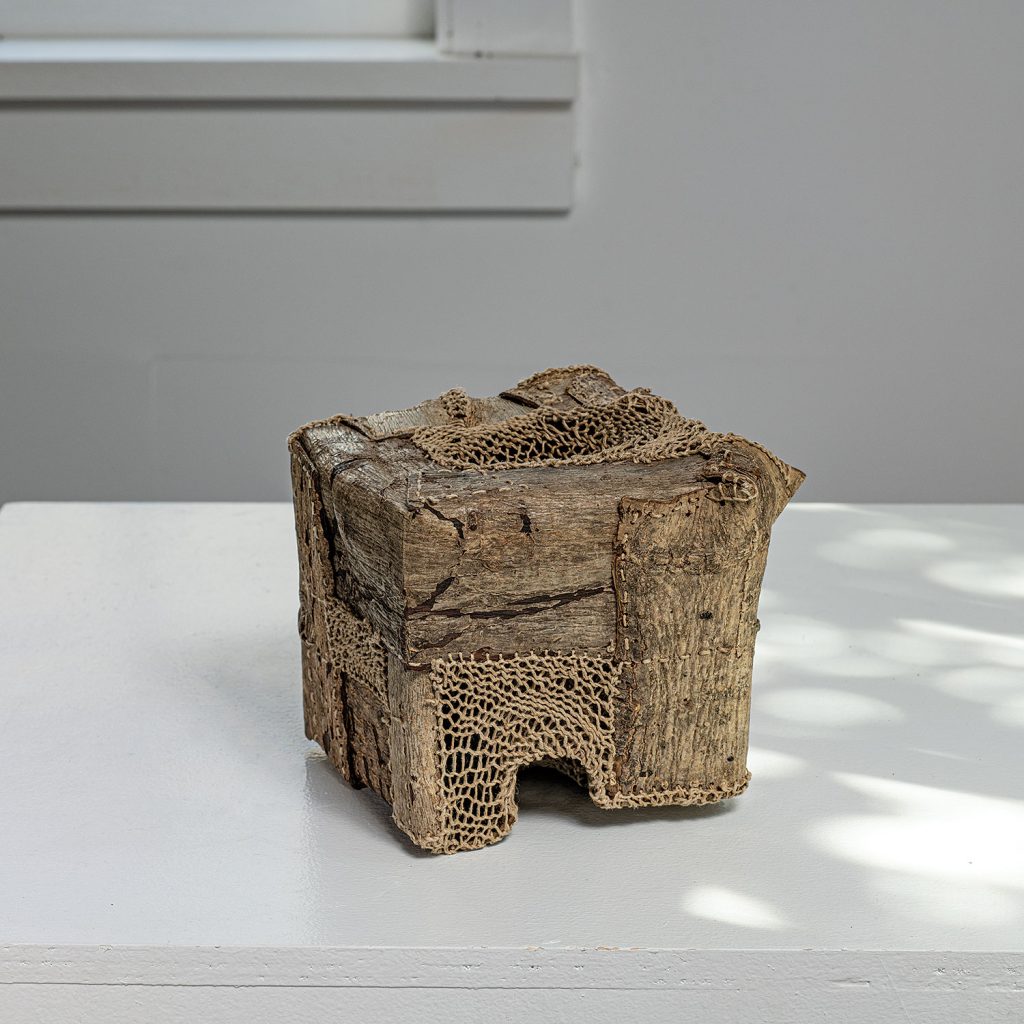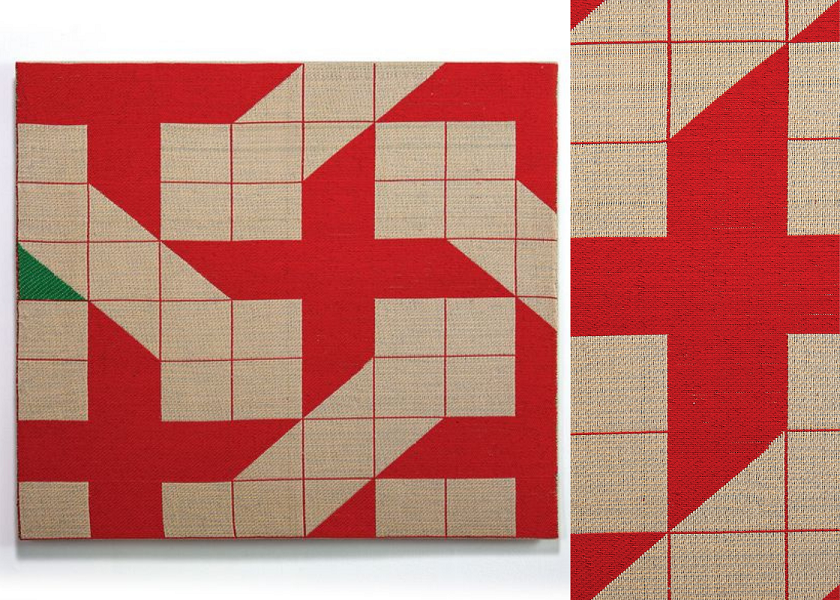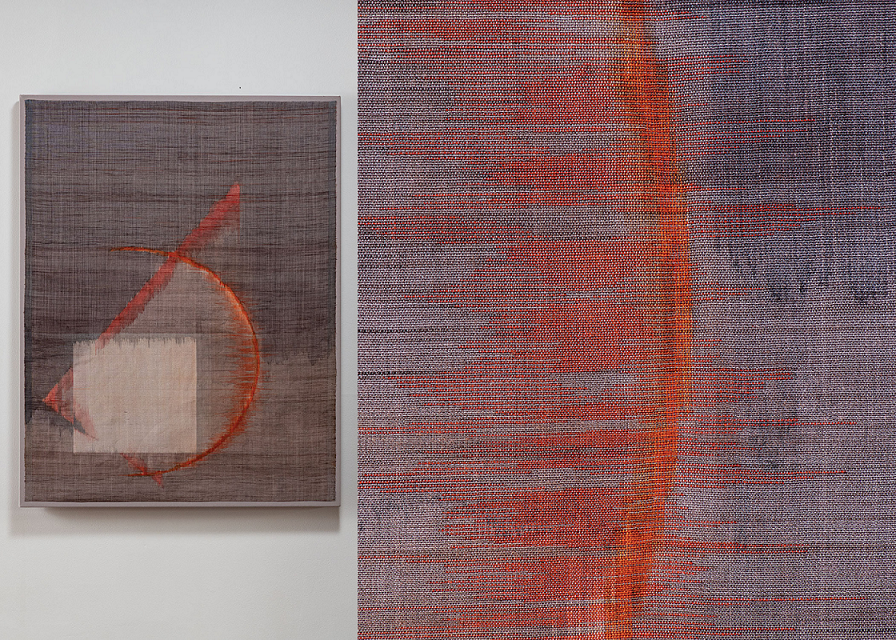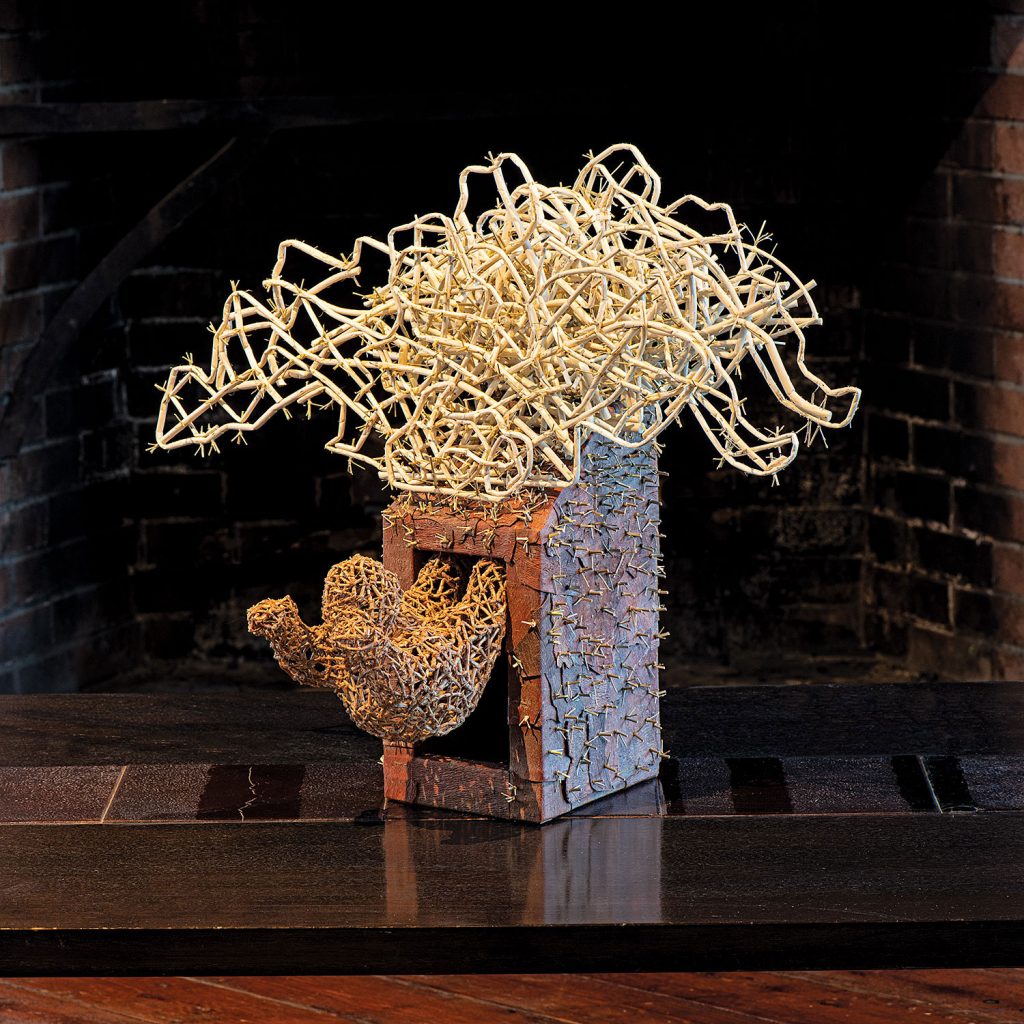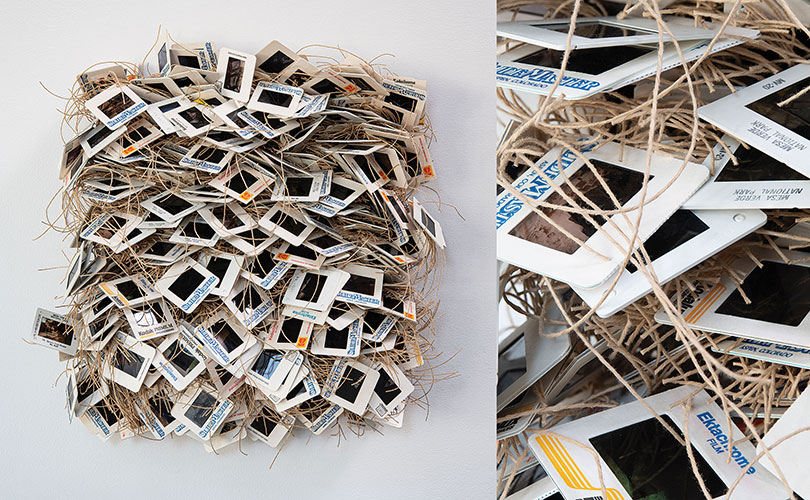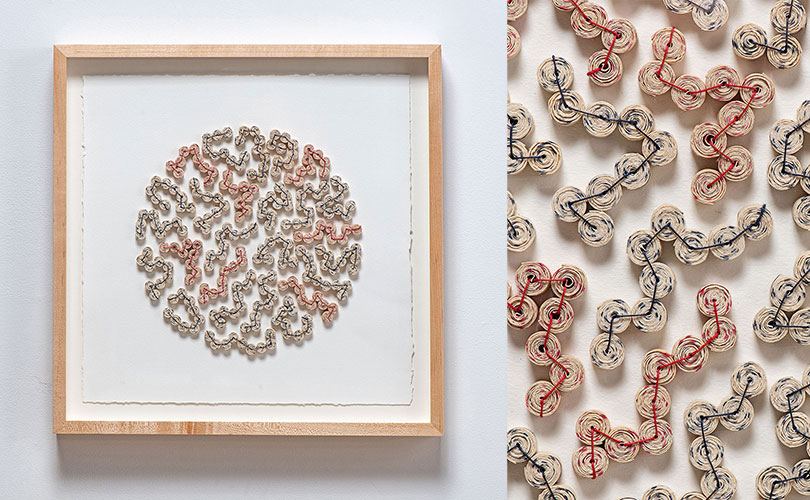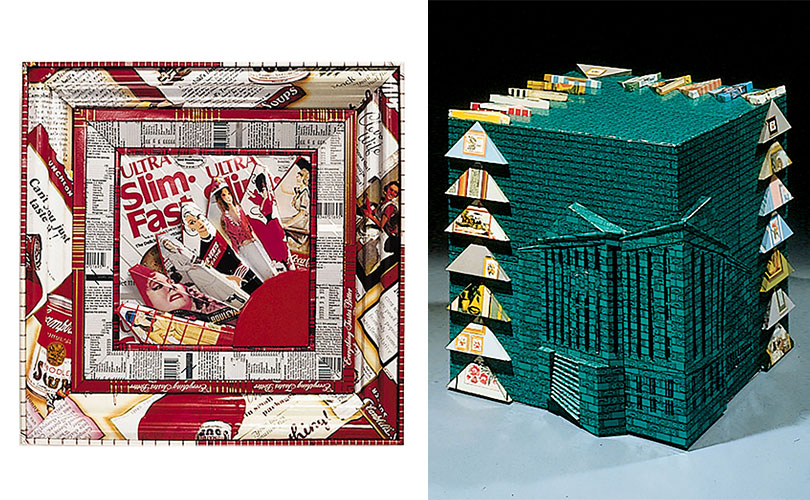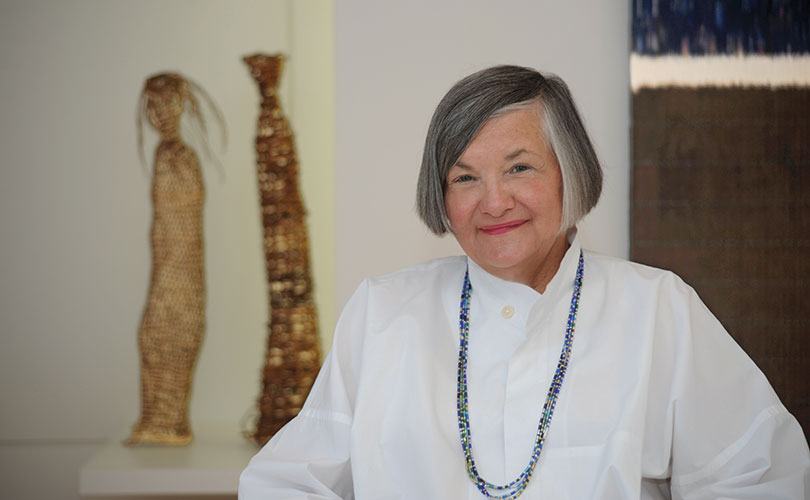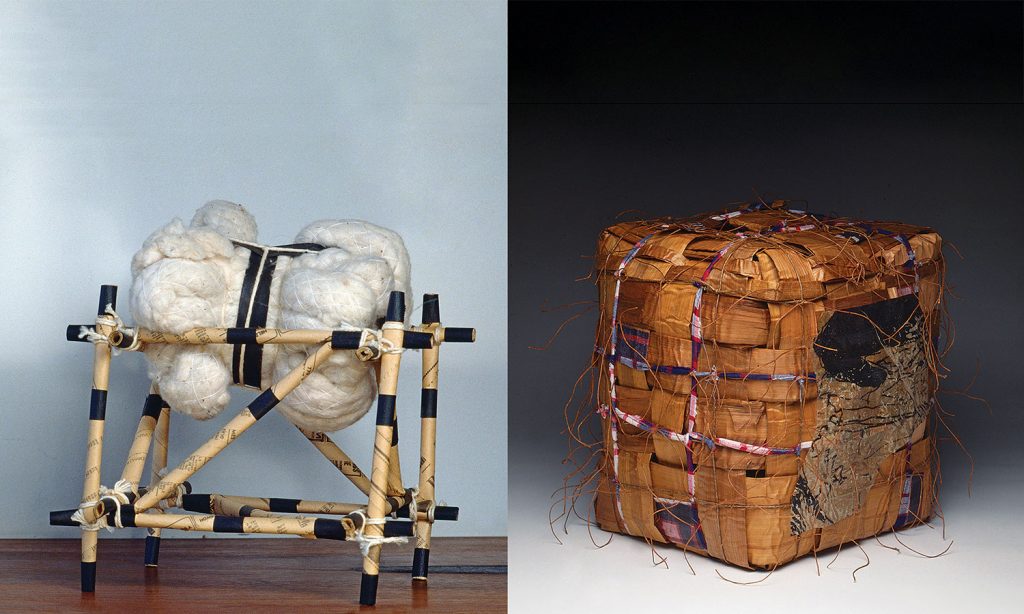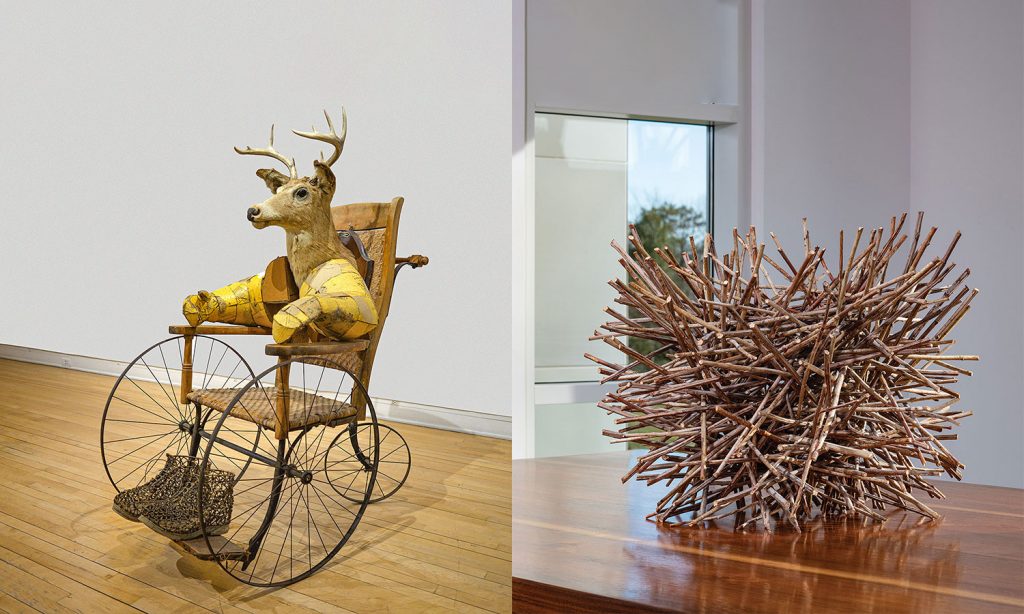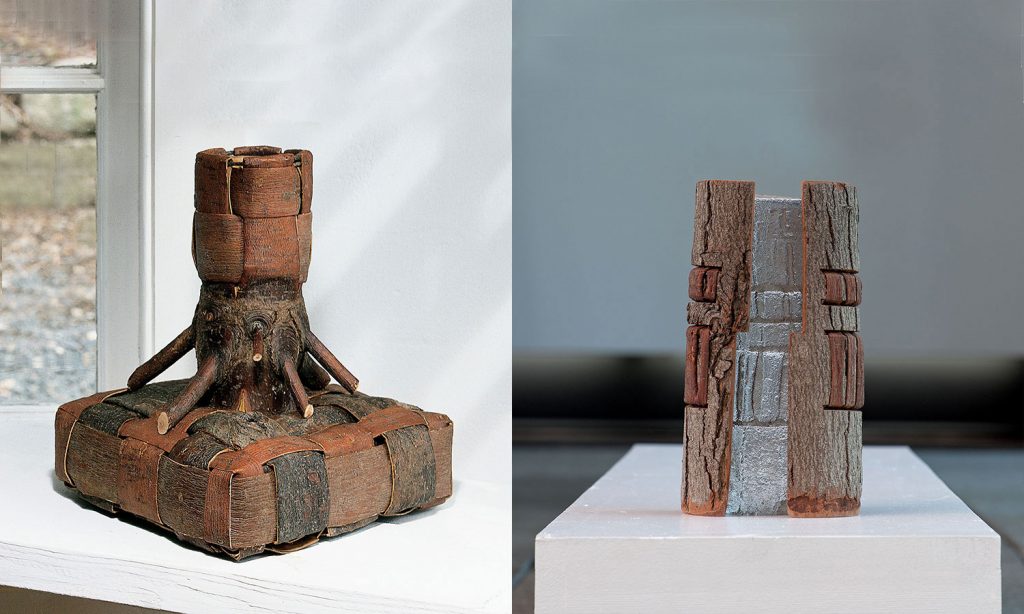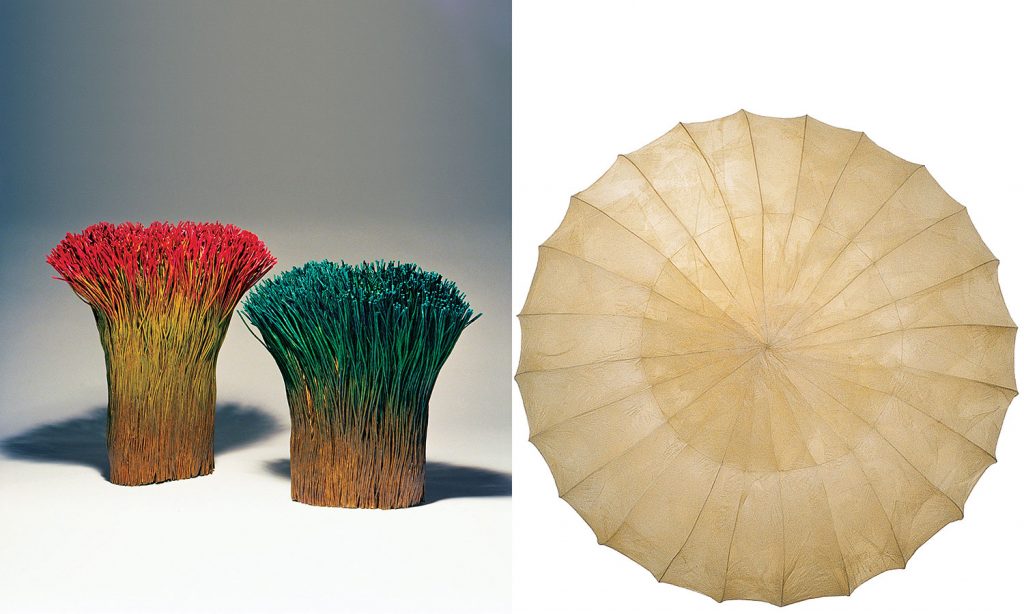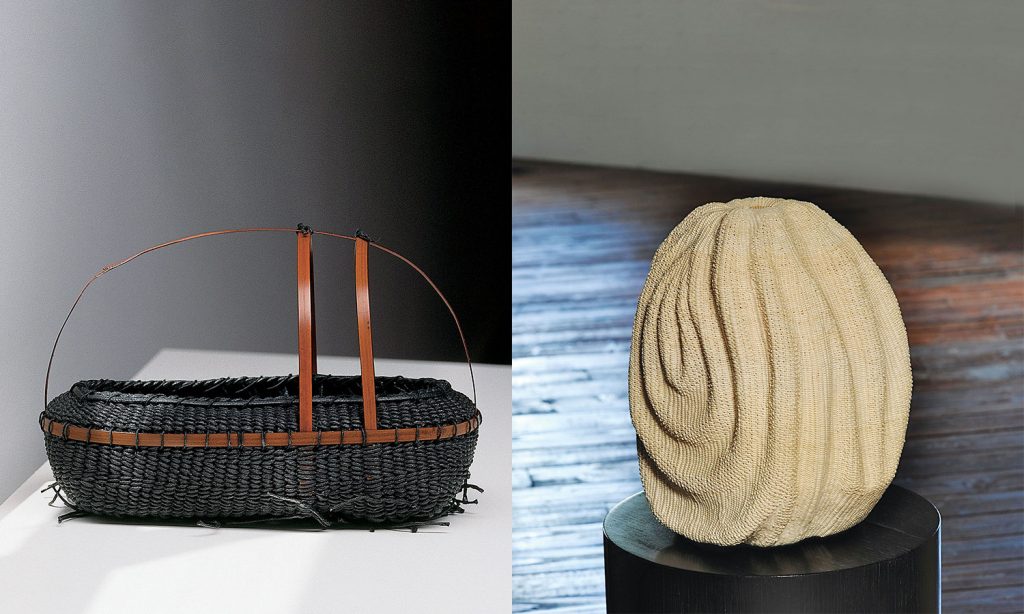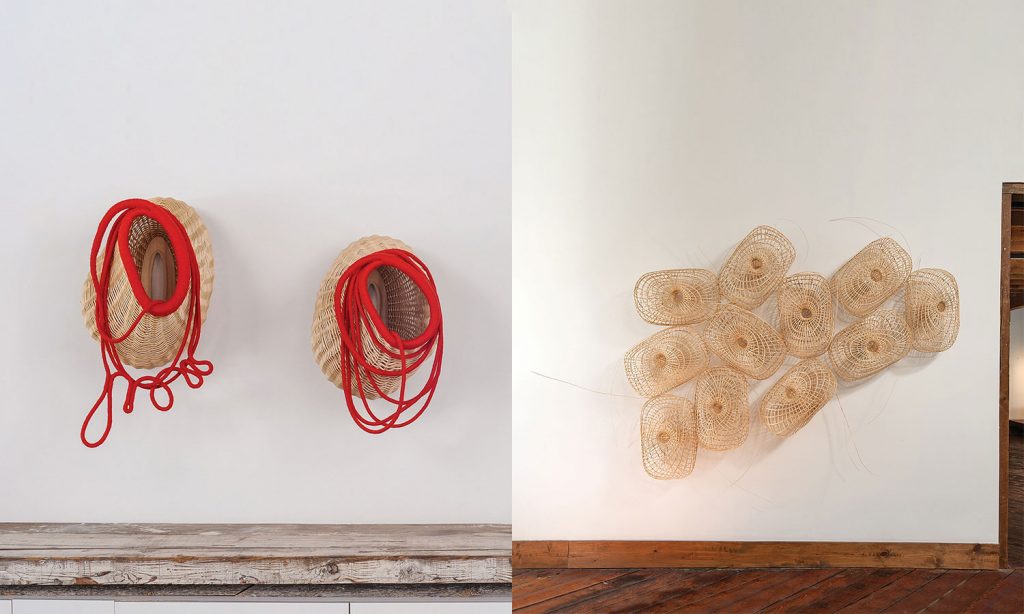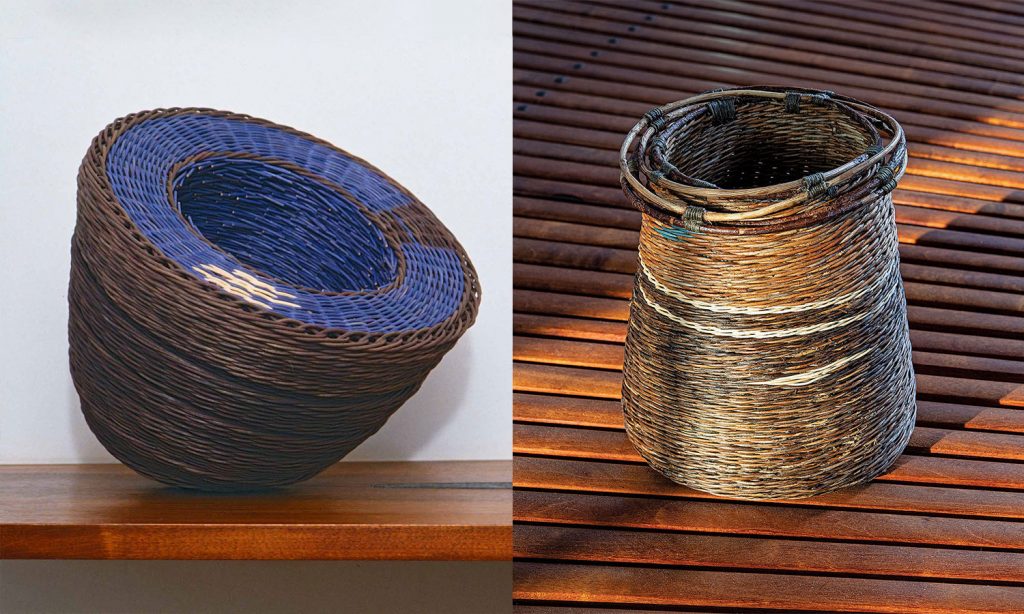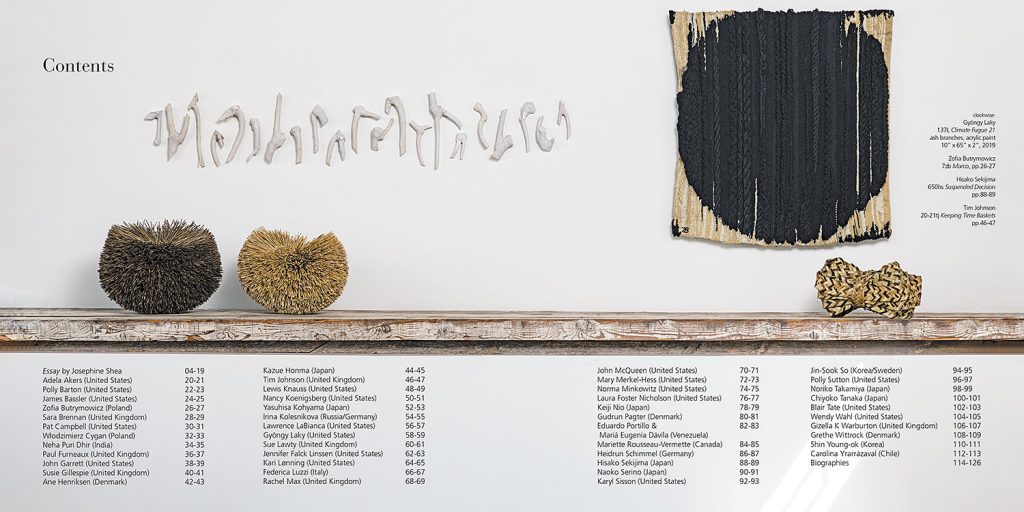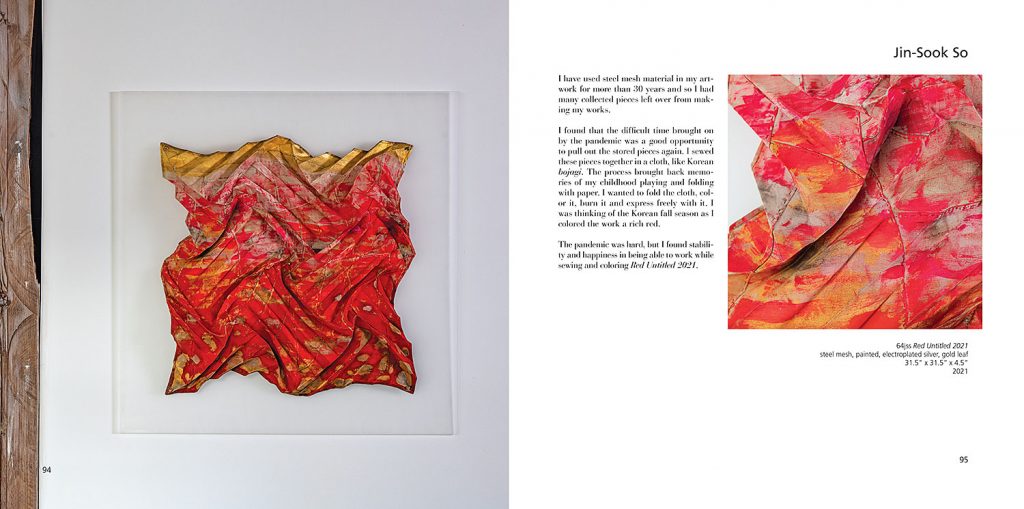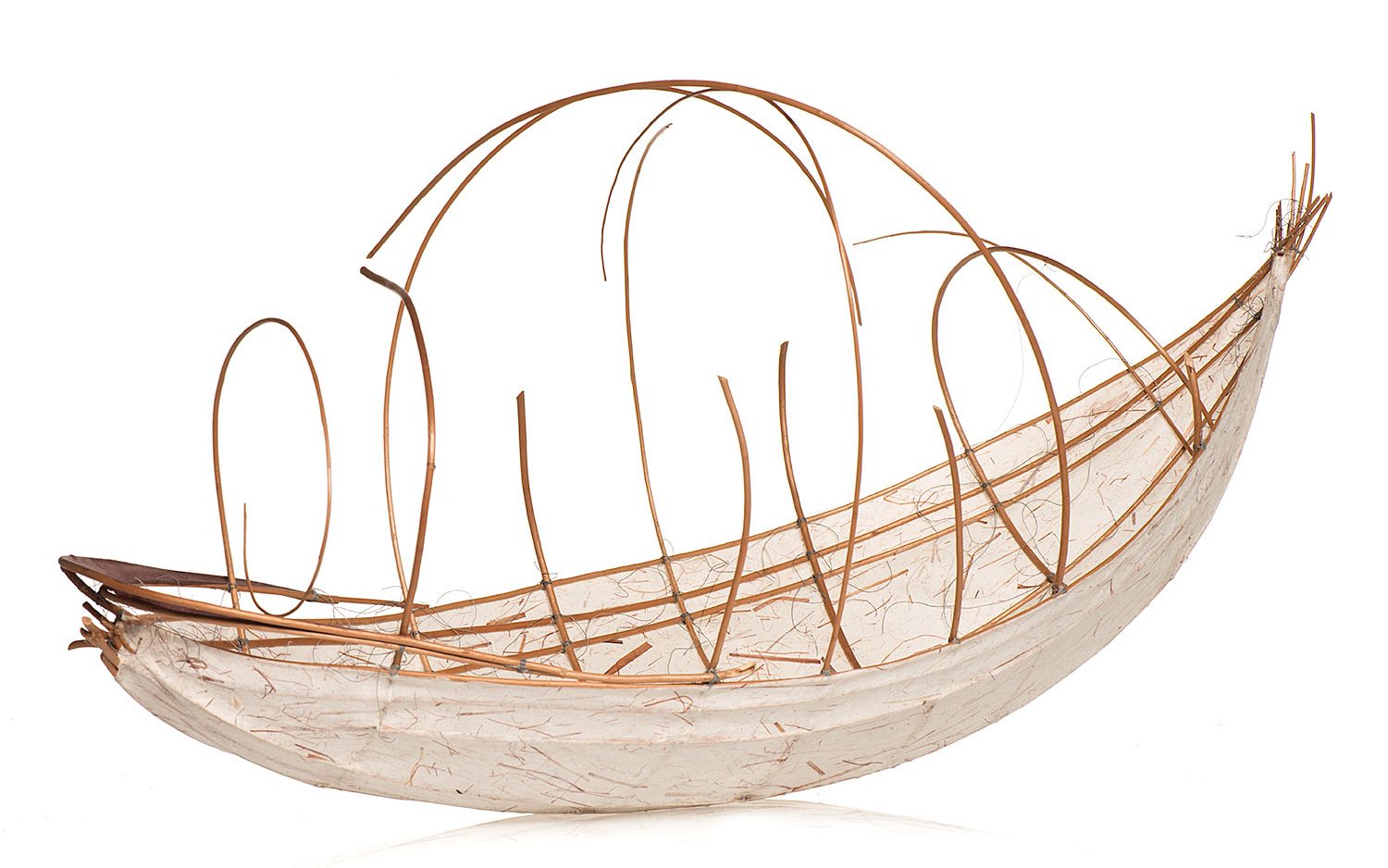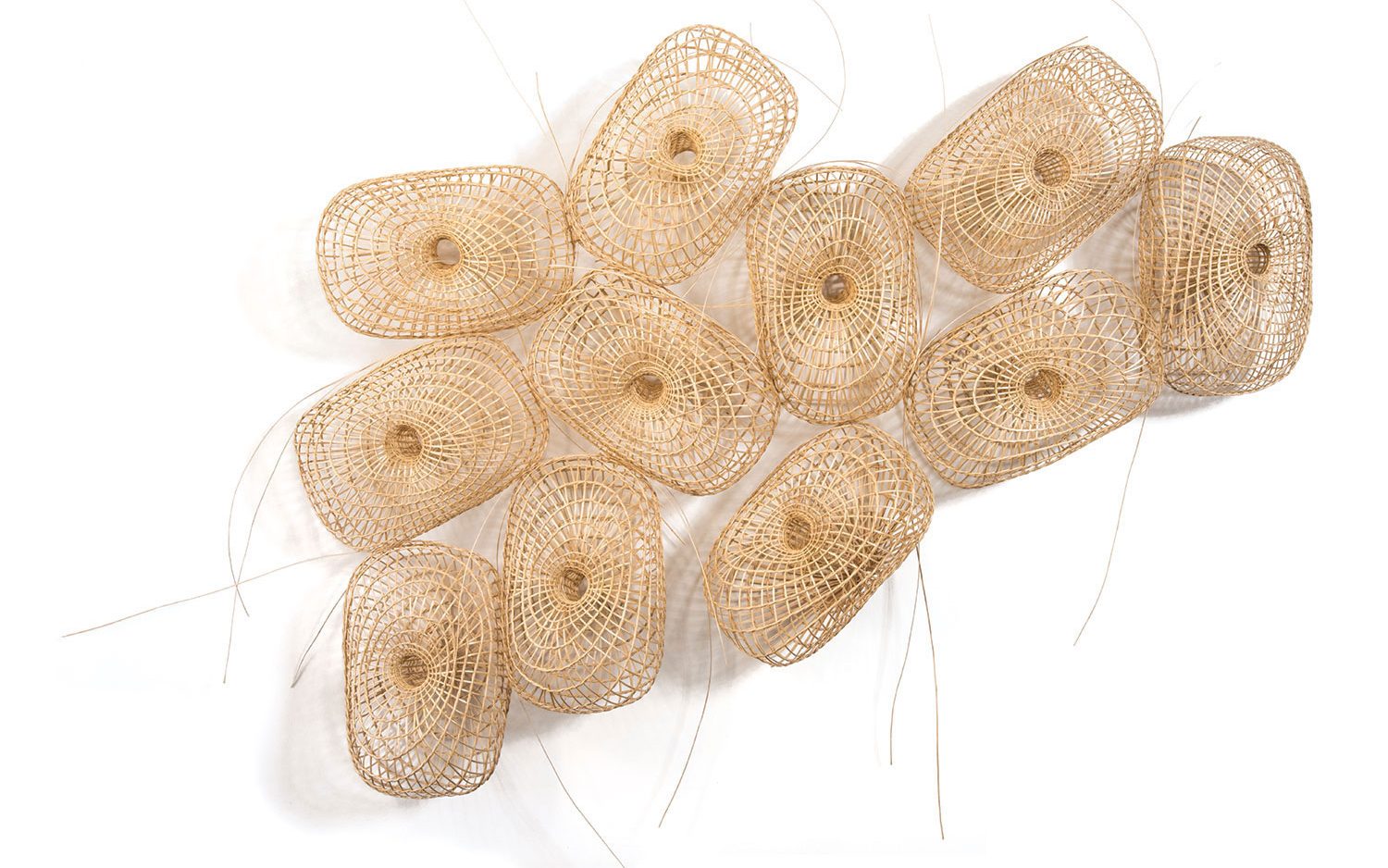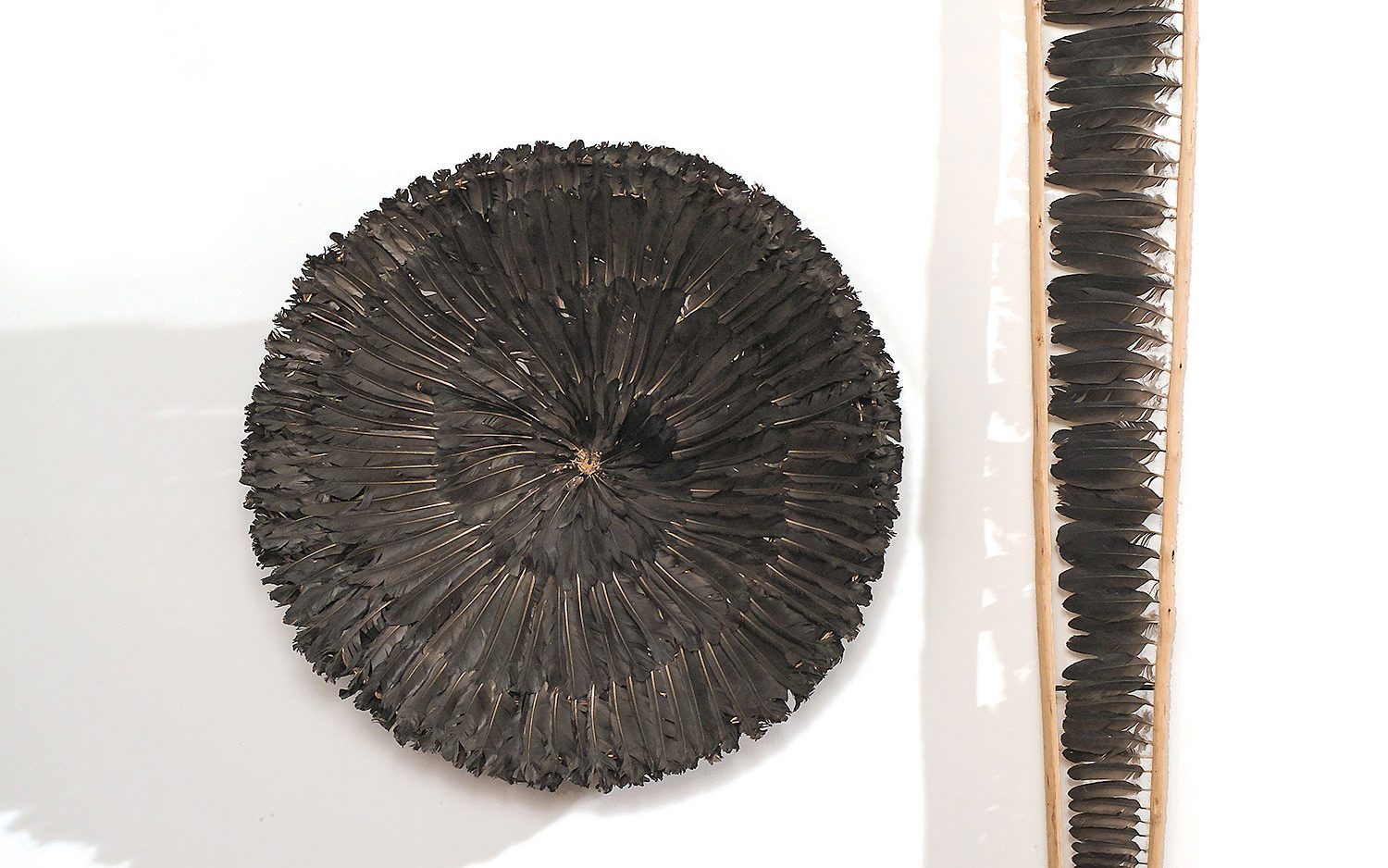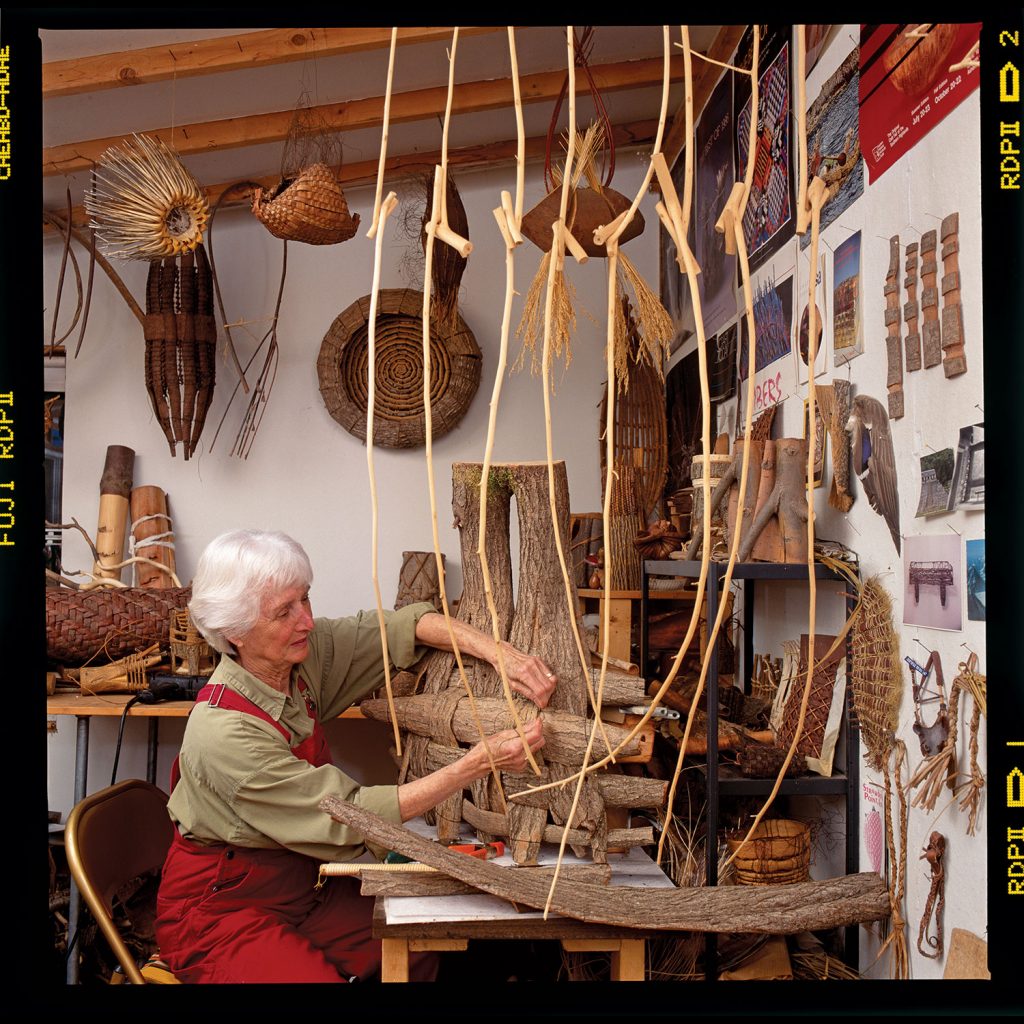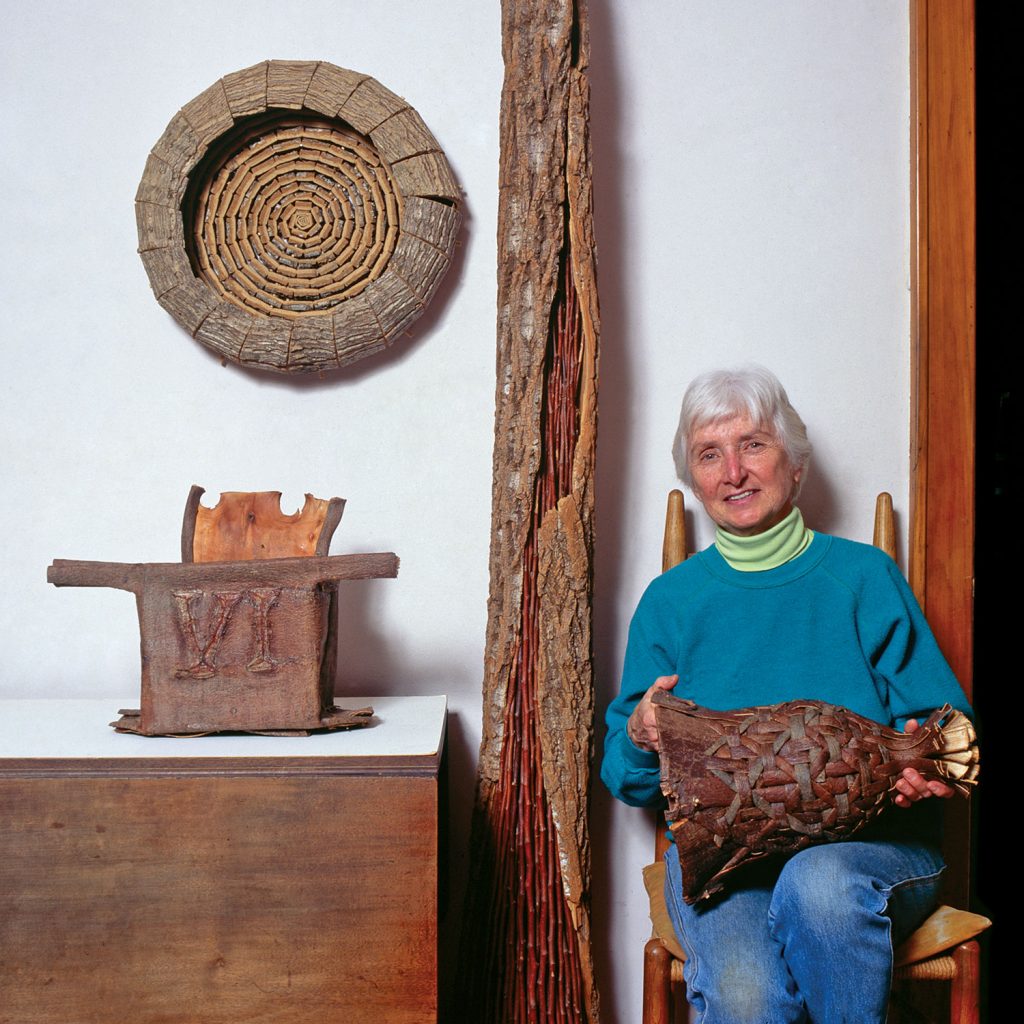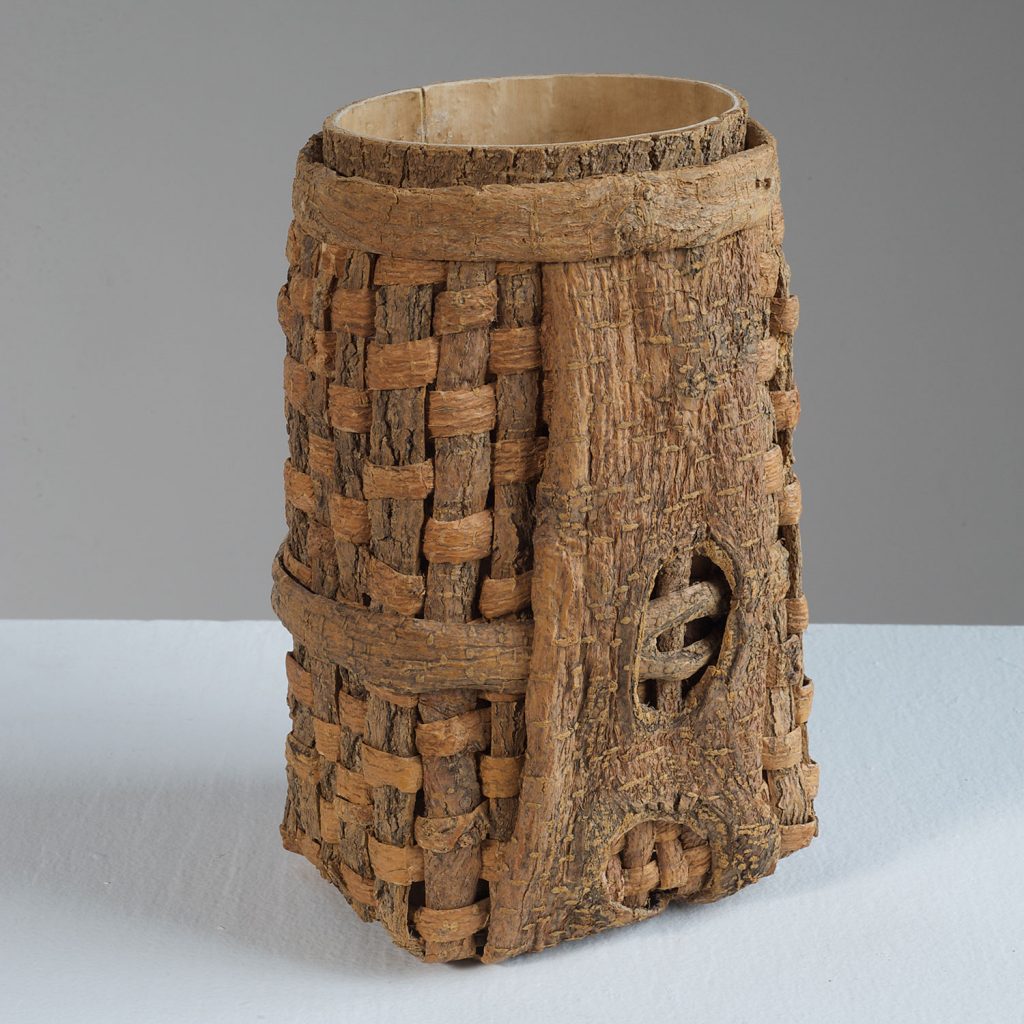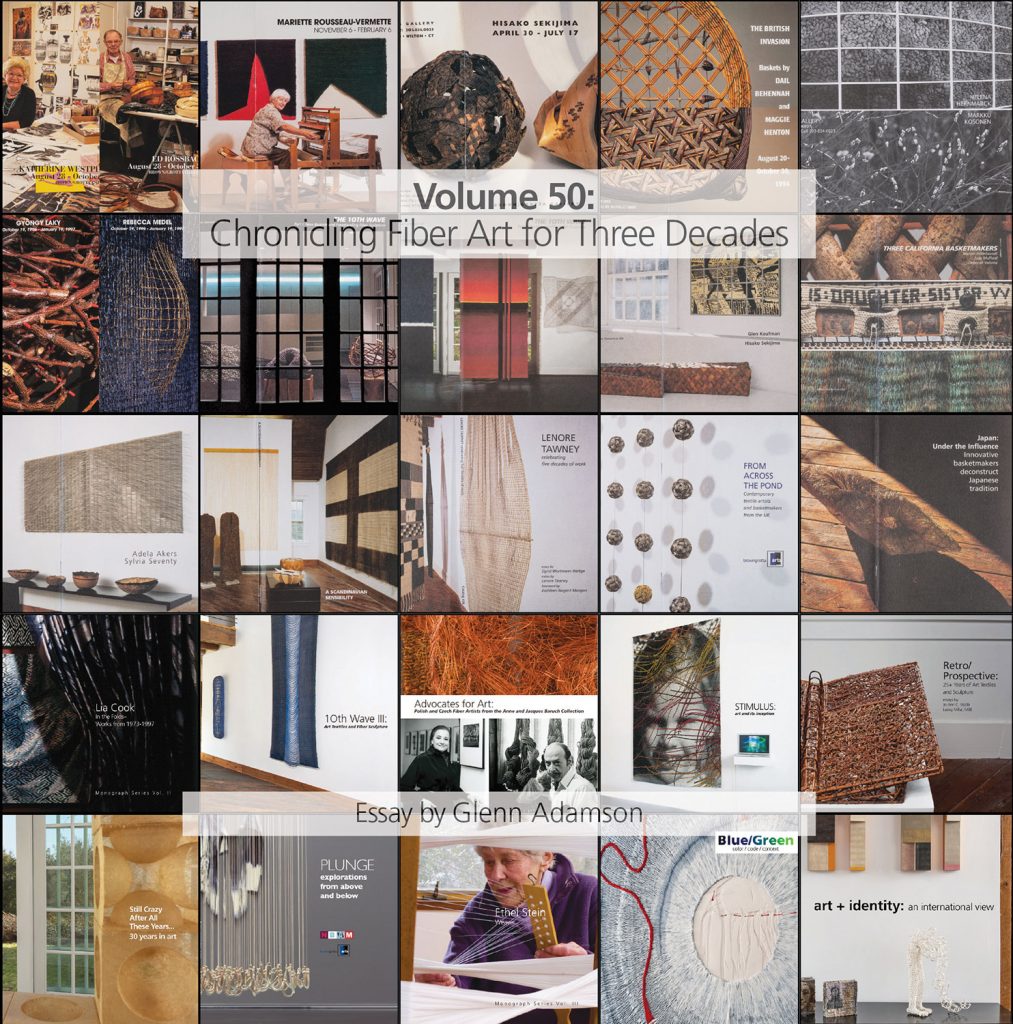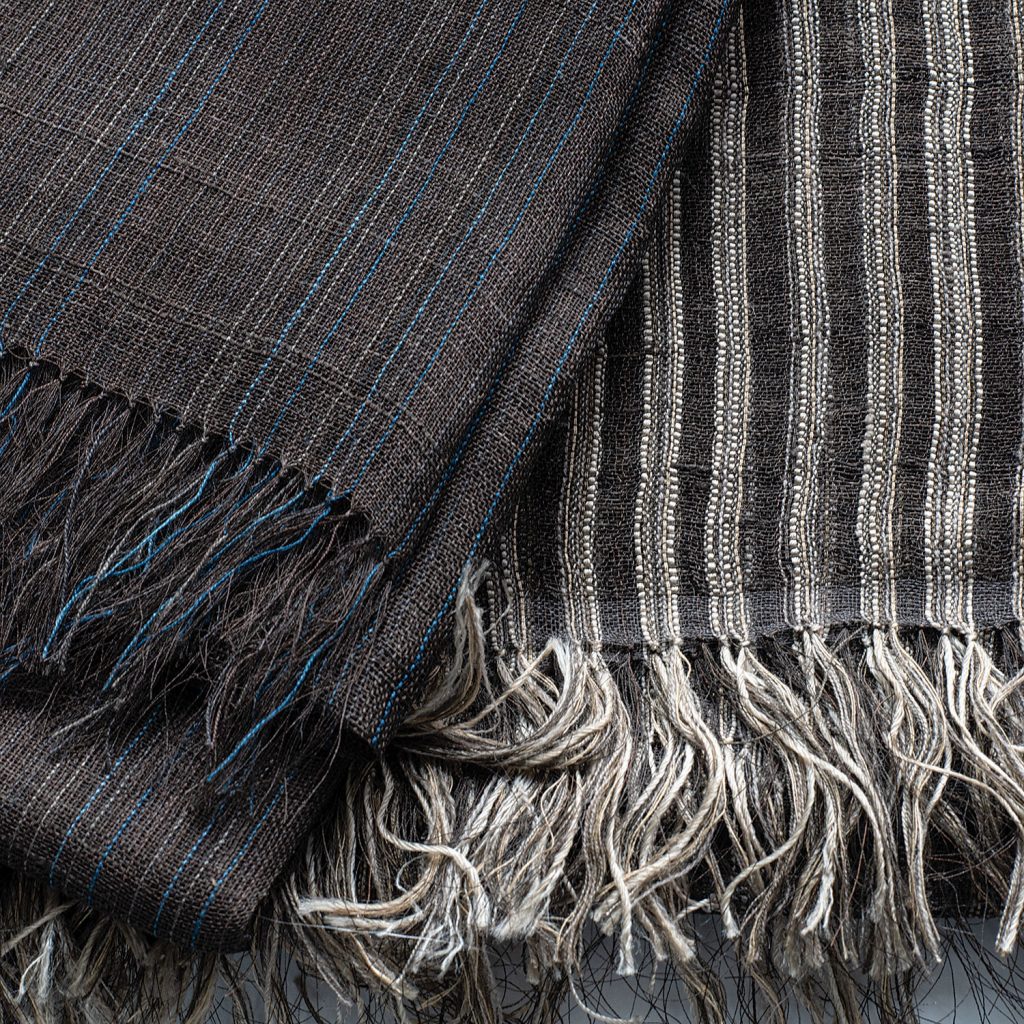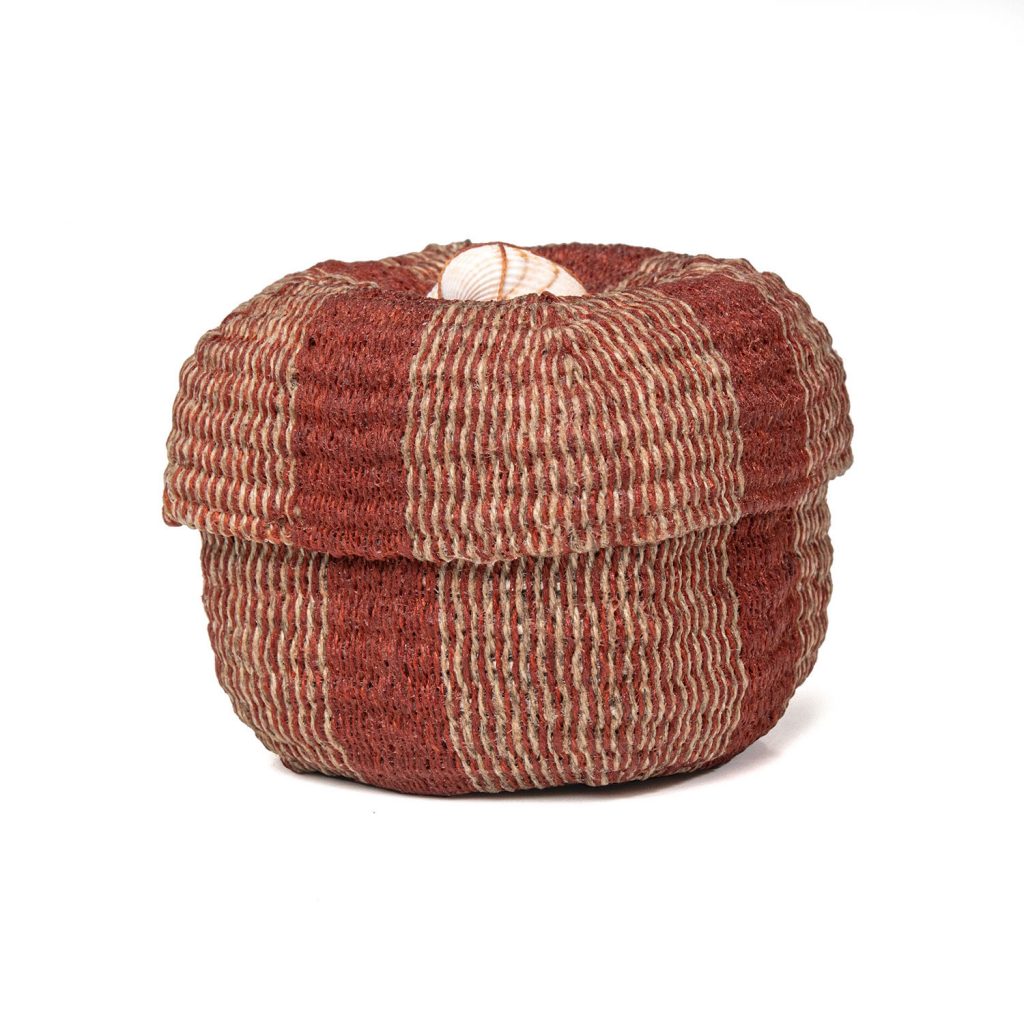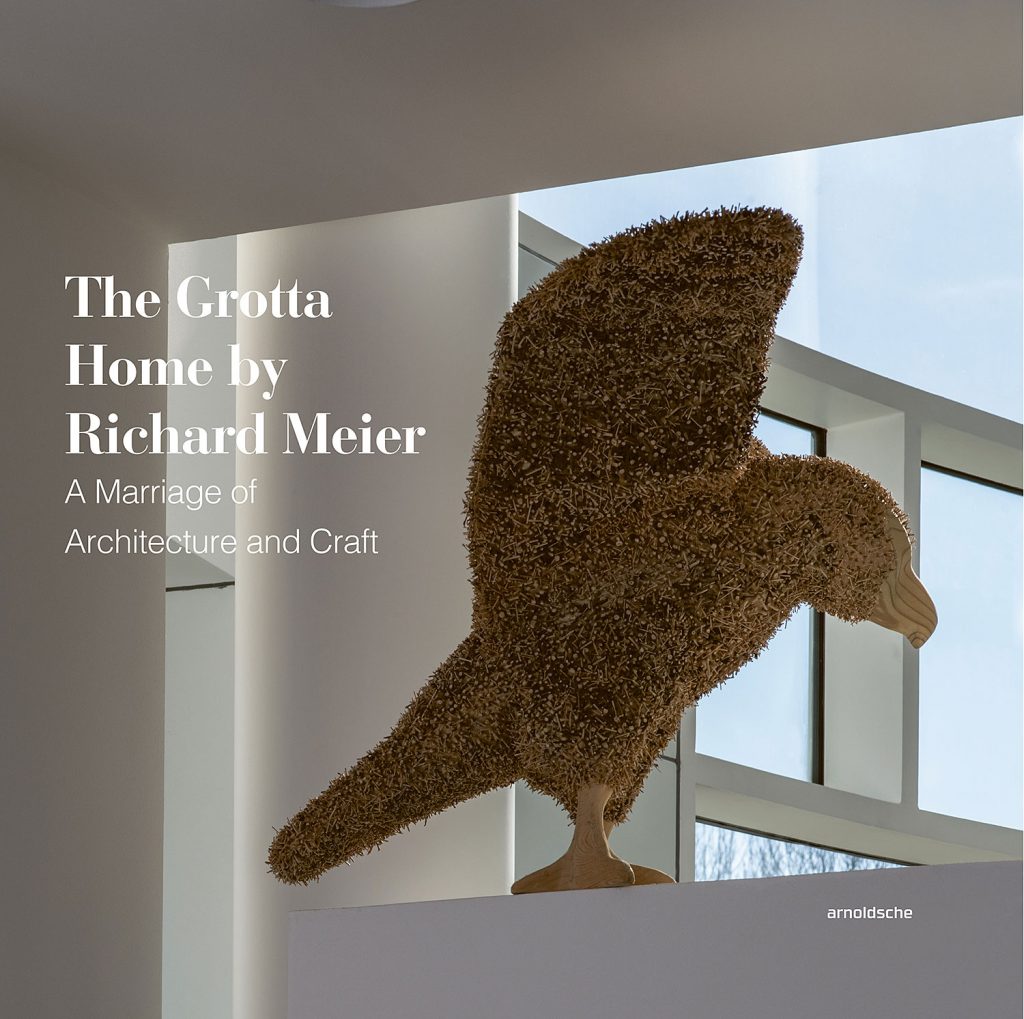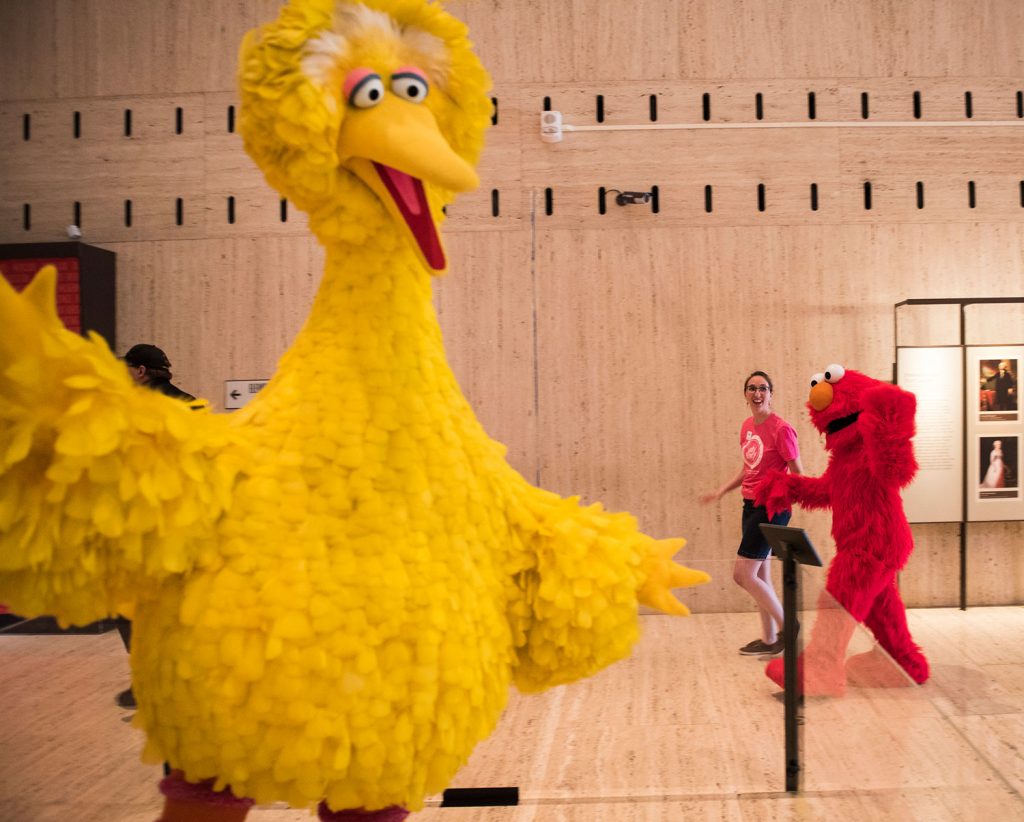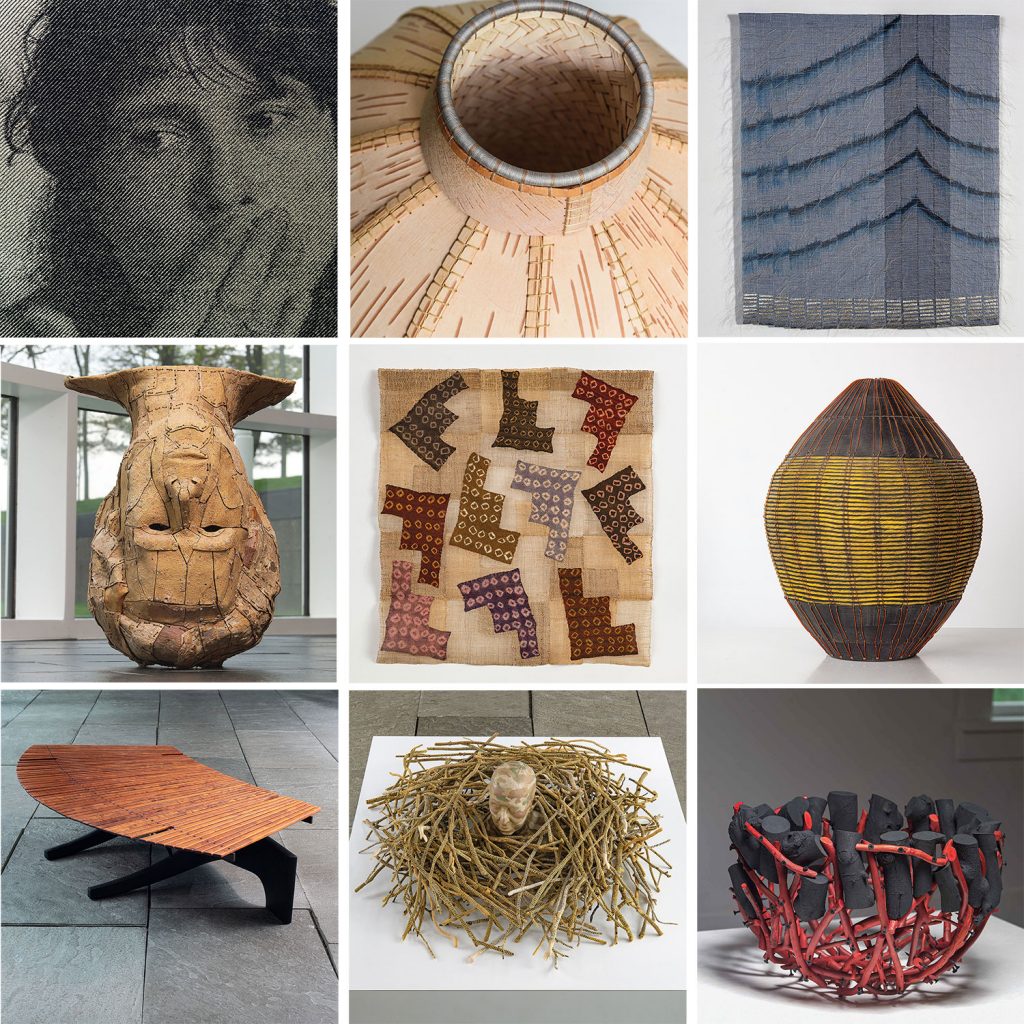Cardboard is a popular medium for contemporary artists. New materials like cardboard were introduced to art making from the very beginning of the 20th century. The introduction of new materials (and techniques) and heretofore non-art materials helped drive change in art during the entire century.
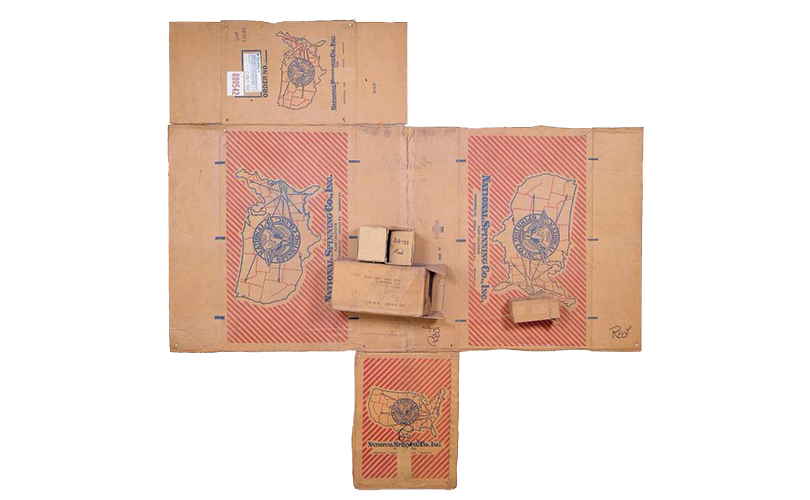
Perhaps the best known of the artists to incorporate cardboard was Robert Rauschenberg. “Rauschenberg has said he tries ‘to act in that gap between’ art and life, and there’s probably nothing more quotidian than a cardboard box. He uses them ‘as is,’ with their stains, tears, marks and worn labels revealing their history and creating a patina of wear and age. But he’s far from precious with the boxes, denting, tearing, flattening, crushing and combining them,” wrote Kelly Klaasmeyer, “Robert Rauschenberg: Cardboards and Related Pieces,” Houston Press, May 10, 2007. You can learn more about Rauschenberg’s use of cardboard in this YouTube discussion between Susan Davidson, curator at Guggenheim and RRF Board member and David White, curator at Robert Rauschenberg Foundation (RRF) and Board member. https://www.youtube.com/watch?v=RoiDZKRKZxM Robert Rauschenberg: Cardboards and Gluts, by the Robert Rauschenberg Foundation.

Artists who work in textiles have tried on cardboard, too. Ed Rossbach was a pioneer in the field of textile art, creating nonfunctional baskets and sculptures from an extensive array of materials including cardboard cereal boxes, plastic tubing, and newspaper. “He was the first to use plastic tubing in works of art, the first to use such throwaway materials as newspaper and cardboard,” according to Rebecca A.T. Stevens, a consulting curator at the Textile Museum in Washington, D.C. His work redefined conventional notions about materials for fiber and textiles and the beauty in the discarded.
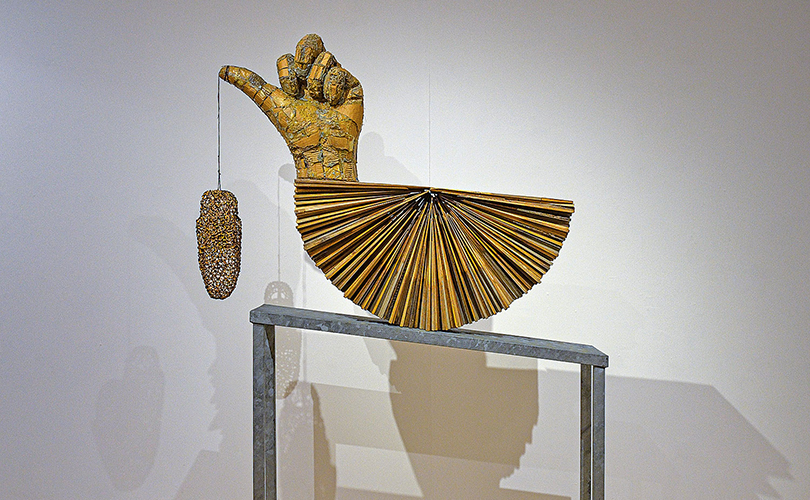
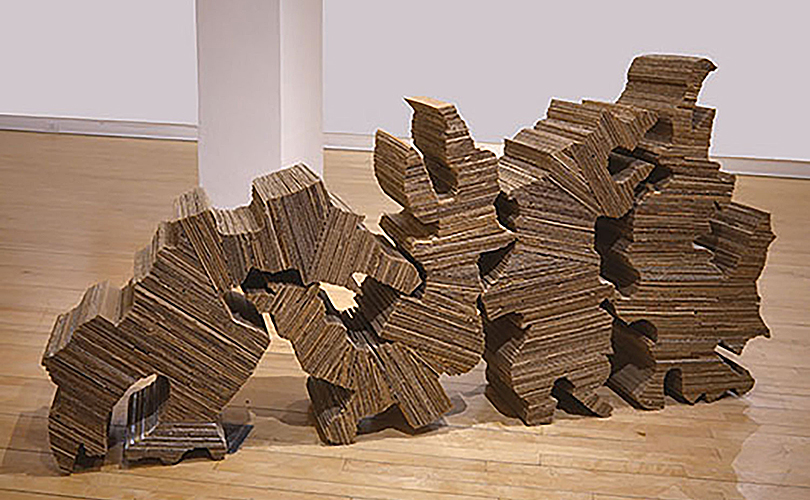
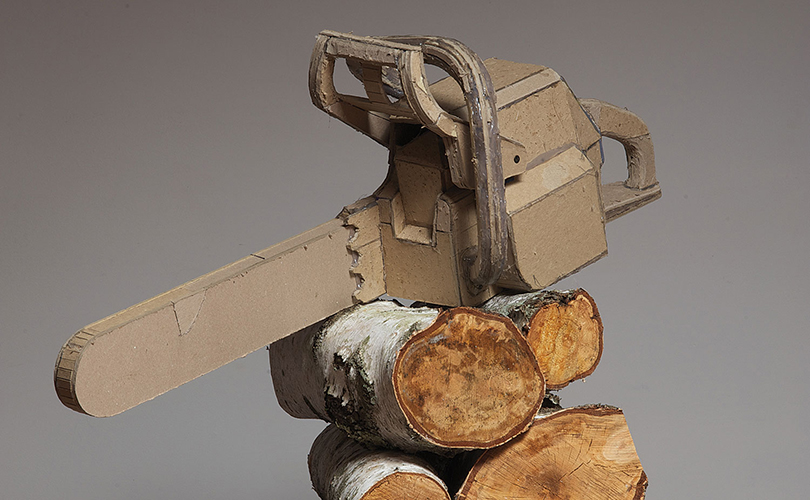
John McQueen’s three-dimensional works are created from the materials he finds near his rural New York State farm, including twigs, bark, flowers, weeds, and vines—anything that comes from the earth, and increasingly, manmade materials like cardboard and plastic that he wants to draw attention to. McQueen prides himself on not needing to go the arts supply store. His several-part sculpture, Teeter, includes cardboard, shingles from a lake house and a hand, originally created as the mold for another project. Raillery is made of the corrugated cardboard that surrounded a Murphy bed. And, to accompany Man’s-Nature, he created a three-dimensional chainsaw of cardboard.

Axel Russmeyer ties cardboard thread-covered bobbins to create spheres, which reference textile making and the spheres that he makes from tiny glass beads. Lewis Knauss used cardboard-framed photographic slides in Old Technology Landscape. Still others use it to direct their work — Dorothy Liebes made sample shades of gold lurex glued to cardboard. Gyöngy Laky creates templates of letters and symbols of cardboard from which she builds her works of wood.
Wayne White, an Emmy-winning set designer for PeeWee’s Playhouse summarizes the attraction — cardboard has a “hard aesthetic” and a “tendency to do awkward things.” (“The Magic of Cardboard – Artist Spotlight,” Pactivate,com, June 3, 2021.)
Cardboard art even made international news this month, as Chicago school children created a 784-foot Ukranian flag from cardboard cereal boxes https://www.fox32chicago.com/news/chicago-high-school-students-attempt-to-set-world-record-for-largest-mosaic-made-out-of-cereal-boxes?taid=62f4468958b19d0001fadd0a&utm_campaign=trueanthem&utm_medium=trueanthem&utm_source=twitter. Using yellow and gold cardboard from 5000 boxes (Corn Pops and Rice Krispies), they’ve created a record-breaking-sized mosaic of the Ukrainian flag while raising funds for humanitarian causes in the Ukraine.

